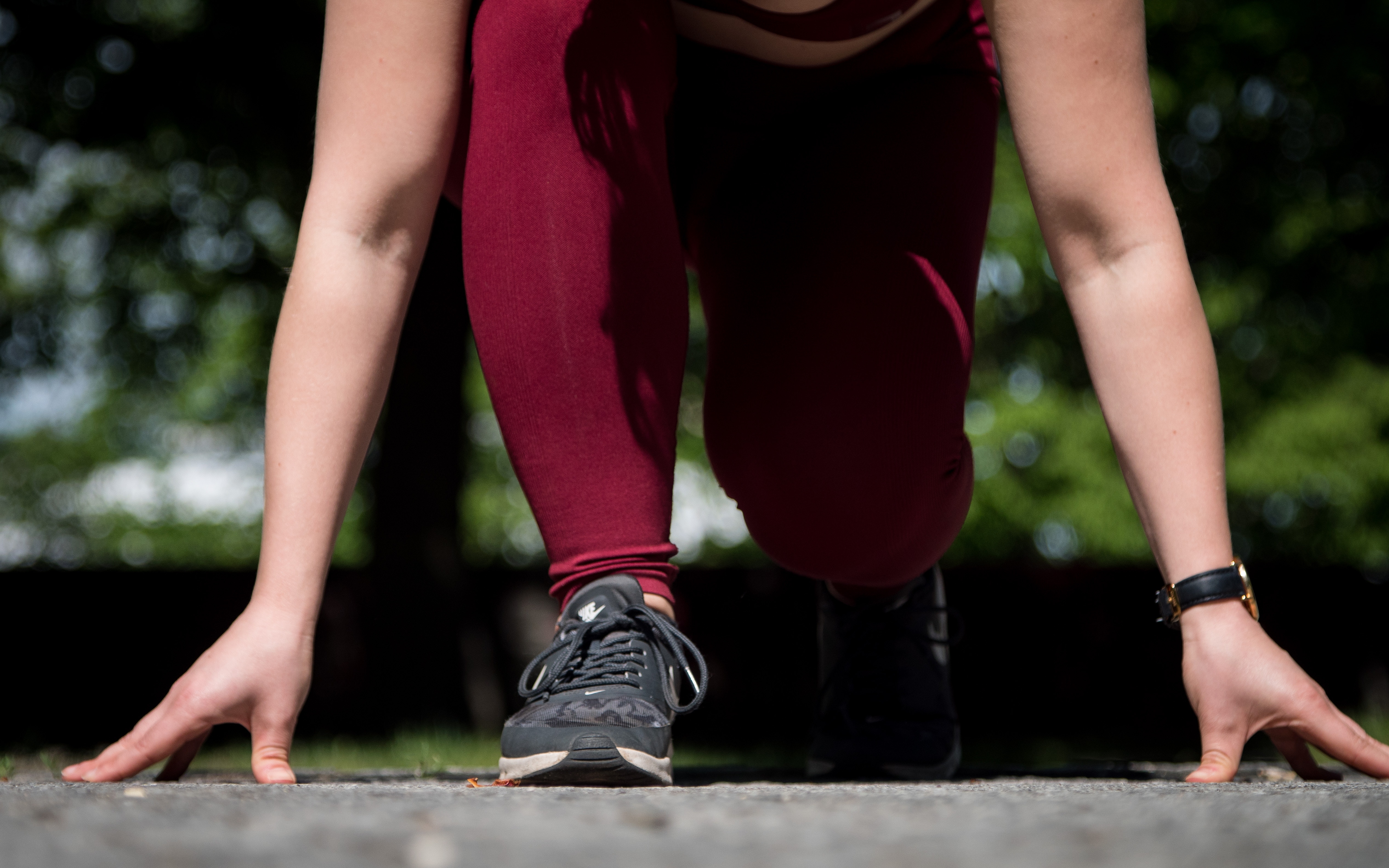One of the phases of design thinking is asking curious questions, brainstorming, or ideating. It’s during this phase when you discover some unique solutions to the problem you’re trying to solve.
The beauty of using design thinking to generate creative solutions is that there are a few ways to land at an answer. You’ll pick one that speaks to you and continue to hone and refine your solution to ensure it is of service to your people. Or you’ll discover that it doesn’t quite work as you expected and you can pick another solution from the list you generated in the ideation phase and begin there.
In ideation, you generate a bunch of possible solutions to the problem that you’re turning over in your head. The point is to get creative and let your right brain have fun. There are a few ways to get into ideation mode and three specific ways to inspire your creative problem solving.
How To Get Into Ideation Mode
Getting into this creative problem solving mode may not be natural for some folks, so I always advise my clients to go into nature and just be. Whether you literally go into nature or you find a place like a gym, busy cafe, or shopping center to observe doesn’t matter. The point is that you are noticing things as they organically and naturally happen.
Like I mentioned in How to Use Design Thinking to Solve Problems, you have to start by gathering inspiration. Take your problem statement of “How might I [fill in the blank problem you’re interested in resolving]” and be aware of what’s happening in your surroundings.
Get Curious About What You’re Observing
It’s funny what happens when you pay attention to seemingly unrelated concepts. You can observe anything and gather inspiration from it because suddenly, you’re paying attention to the link that’s formed when you ask “How can what they’re doing at the gym solve my problem?”
It’s important to discover the link, so take time to get curious about what you discover in that bridge. It may be the answer to the problem you’re brainstorming. As always, I love curious questions!
Ask yourself:
- Why might this be working?
- Why might this not be working?
- How does this work?
- Why do these two things go together naturally?
- What’s the commonality?
- How can these two things that seem unrelated actually work together (like chocolate covered pretzels)?
See something, get curious about it, ask “How might it be a solution to my problem?”
How Has Someone Else Solved Problems?
One of my favorite ways to spark brainstorming and ideation mode is to use inspiration from what’s already been done before. I use inspiration from how other companies have solved problems to ask, “Why does this work so well?”
To this end, I enjoy observing at Starbucks (well, I used to when I wasn’t staying at home).
I like to discover how they solved problems by reverse engineering what I see in the cafe. For example, “Why do they have two separate yet identical coffee stations for in-store orders and drive-thru orders?” Or “How did they decide to serve the mobile orders from inside and not in the drive-thru lane?”
This exercise allows me to creatively ideate and brainstorm my own solutions. I see things from a unique perspective because I already know the answer; I’m curious as to how they arrived at it.
“How does the drive-thru not place pressure on the partners and machines from in-store orders? Oh, they’ve separated the coffee machines! It’s the same flow but they’re like separate entities!”
From there, I note that the solution was “to separate” things and I can think about how keeping elements separate may help solve my problem.
Three Ways To Use Ideation to Brainstorm Creative Solutions to your Problem
There are three main ways that you can begin to produce creative solutions and problem solve. They are: brainstorming, mashups, and putting yourself in someone else’s shoes.
Brainstorming
This is the bread and butter of problem solving! After all, the ideation phase is all about sparking lots of ways to work with this problem.
Traditionally, you’d do this in-person in a group setting. Gather people together, set rules, and see what ideas emerge. If you’ve been part of a mastermind, you’ve done brainstorming! One person asks for feedback and the group poses ideas.
You can also do this virtually. The “eStorming” method is a text-based approach. In eStorming, you’d reach out to a bunch of people and ideate within a virtual container. Using this method, data gathering can happen in a round robin email chain, Voxer group, or even a Doodle poll.
Mashups
If you’re a fan of the TV show Glee, you know the concept of mashups! This ideating method brings two unrelated ideas together, like Beyonce’s “Halo” mashed with the Katrina & the Waves classic, “Walking on Sunshine,” to spark a fresh idea.
You could link unrelated ideas, sets of concepts, things you’d see in nature, times, appliances… the options are, quite literally, endless. For example: hospital + mini-bar = healthy, non-alcoholic beverage station in a hospital room.
It’s thanks to mashups that we have smoothie bars at the gym. In some ways, it was a mashup that happened to meet a need for how gyms could better serve their clients. Lots of people have worked out, they need nourishment.
Put Yourself in Others’ Shoes
This ideation concept is helpful if you want to come up with a solution for an ideal audience that doesn’t resemble you and your preferences. It really helps to stand in their shoes and try to imagine the world from their perspective.
For example, if you were to ideate on a tech solution for 80-year-old folks, put yourself in the 80-year-old’s shoes.
You may discover that they could think: I can’t read very well. I can’t hear very well. I don’t have much patience. I don’t know how to use tech very well. I like to watch TV. I like to talk on the telephone.
Now that you have thought about what it could be like to live their lives, you can create the solution from their shoes based on their strengths and preferences.
If you’re trying to generate creative solutions for a problem in your business, design thinking could be an answer for you! Personally, getting into ideation mode is natural for me. I’m always looking for inspiration because that’s how my brain works.
Starting with a solid ideating phase will give you a strong foundation from which you can bring your solution to life. Then, you can take action based on what you’ve brainstormed, from mashups that sparked ingenuity, or revelations you’ve gained from being in someone else’s shoes.
There are a few more steps to design thinking beyond ideating, which you can read about in How to Use Design Thinking to Solve Problems!
How do you like to brainstorm solutions? What helps you get into the ideation zone?
book a call with robin
because the world needs you and your business
Get soul-filled mindset coaching and business support to expand you, your work, and your impact.
more about robin
Mindset coach, business strategist, and soul-filled success catalyst for women entrepreneurs on the rise.
Hi, I'm Robin!










